47th ASEAN Summit in Kuala Lumpur
[People News] On October 30, 2025, U.S. President Donald Trump and Chinese leader Xi Jinping are set to hold a highly anticipated meeting in Seoul, South Korea. U.S.–China relations are once again at the center of global attention. Analysts expect the “Trump–Xi Summit” to mark a pivotal turning point, signaling a new phase in the U.S.–China trade war.
According to the latest Wall Street Journal report, the U.S. Trade Representative’s Office (USTR) will begin a comprehensive review on October 31 of China’s compliance with the 2020 trade deal. This comes after China announced on October 9 its strictest-ever rare-earth export ban, directly targeting U.S. technology sectors. Additionally, since the beginning of this year, China has quietly halted imports of U.S. soybeans. Though recent trade negotiations in Kuala Lumpur, Malaysia yielded a tentative framework agreement, tensions remain high. These developments underscore growing uncertainty in the trade war — and highlight the fierce contest for dominance in global supply chains, technological leadership, and economic power between Washington and Beijing.
Pre-Summit Moves: U.S. and China Make Their Opening Plays
The “Phase One Trade Agreement,” signed in January 2020, was once seen as a diplomatic achievement of Trump’s first term. The deal required China to purchase an additional $200 billion in U.S. goods — including agricultural products, energy, and manufactured goods — within two years. In exchange, the U.S. postponed certain tariff hikes.
However, five years later, data show that China fulfilled only about 60% of its purchasing commitments, particularly falling short in agriculture and energy. On October 23, The Wall Street Journal reported that the USTR would soon launch a formal compliance review — focusing on whether China met its obligations. This review is widely viewed as a preemptive strike by the Trump administration to pressure Beijing ahead of the summit.
This U.S. move also serves as a counter to China’s October 9 rare-earth export controls. Rare earth elements — crucial for semiconductors, EV batteries, and defense technology — are dominated by China, which controls over 90% of the global supply chain. The ban reflects Beijing’s intent to “negotiate through confrontation.”
Meanwhile, China’s soybean strategy further reveals its political calculus. With annual imports exceeding 100 million tons, Beijing’s decision to completely stop buying U.S. soybeans since early 2025 — with imports dropping to zero in September for the first time since 2018 — is an extreme escalation. Reuters data indicate that China has shifted purchases to Brazil and Argentina, where import volumes have hit record highs. The Washington Post noted that this tactic is designed to use agriculture as leverage, potentially influencing U.S. domestic politics and increasing Trump’s electoral risks.
From rare earth leverage to soybean cutoffs, coupled with Xi’s emphasis during the Fourth Plenum on “self-reliance in high technology,” Beijing has clearly escalated the trade conflict into a supply chain war, seeking to reshape the rules of the global economic order.
The “Firefighting” Talks in Malaysia
On October 25–26, U.S. and Chinese trade delegations held high-level negotiations in Kuala Lumpur — a prelude to the Trump–Xi meeting. The talks, led by U.S. Trade Representative Katherine Greer and Chinese Commerce Minister Wang Wentao, focused on tariffs, intellectual property, and technology export controls.
According to Reuters, the two sides reached a “highly successful framework” paving the way for the October 30 summit. The tentative achievements included:
-
A preliminary agreement to suspend new tariffs, with the U.S. delaying its threat of a 100% tariff hike on Chinese goods.
-
China’s willingness to increase agricultural purchases, though without specifying quantities.
-
Exchanges on rare earths and chip export controls — the U.S. requested relaxation of China’s restrictions, while Beijing urged Washington to lift sanctions on firms such as Huawei.
Bloomberg reported that the framework was “near final detail” but still required leaders’ approval.
However, despite progress, core disagreements remain unresolved. Both sides sought mainly to prevent escalation before the summit rather than to achieve a breakthrough. The rare-earth embargo, soybean halt, and U.S. high-tech restrictions all hang like a sword over the talks.
This outcome reflects both sides’ cautious stance and suggests the Trump–Xi meeting will revolve around “concessions versus red lines.” Trump, during his Asia trip, publicly warned: “If China doesn’t yield, the U.S. will impose even higher tariffs.” Xi, in turn, declared that “core interests cannot be infringed.” While Washington insists on maintaining chip restrictions, Beijing retaliates with rare-earth control.
The upcoming 2020 trade-deal review will serve as Trump’s powerful weapon — if the U.S. determines China breached its commitments, new sanctions could follow. With the U.S. economy robust and China’s faltering, Xi’s government faces both domestic and external crises. His aggressive posturing likely aims to divert public anger, but in the summit, Xi is expected to soften his tone to avoid escalation.
Beijing’s Rare Earth Strategy: Risks and U.S. Countermeasures
In the short term, China’s rare-earth and soybean tactics have raised costs in U.S. defense and chip industries by 10–20%, and the soybean suspension has targeted Trump’s voter base — adding political pressure.
But in the long term, these strategies carry enormous risks. The rare-earth ban could backfire, spurring the U.S. and its allies to develop alternative supply chains in Australia and Vietnam. The U.S. is investing heavily in domestic production, aiming for 30% self-sufficiency within three years. Washington is also funding overseas mining projects and forming a “rare-earth alliance” with the EU and Japan to share resources and technology. The latest reports indicate that at the ASEAN Summit, Trump reached a key rare-mineral agreement with Thailand, further reducing U.S. dependence on China.
On soybeans, while Brazil’s output is ample, it faces price volatility and climate risks. Should the trade war intensify, China’s food prices may rise by 5%, impacting livelihoods. These risks could deepen the trade conflict and accelerate U.S.–China decoupling, devastating China’s export-driven economy and its global expansion plans.
The U.S. has a multi-pronged counterstrategy:
-
Expanding technology restrictions to include AI and quantum computing.
-
Using tariff escalation as leverage.
-
Strengthening alliances through QUAD and AUKUS frameworks under the Indo-Pacific Economic Initiative to isolate China’s supply chains.
-
Deploying financial tools — cracking down on Chinese stocks and limiting listings on U.S. exchanges.
-
Tightening visa restrictions for Chinese nationals to curb technology espionage.
Together, these measures are designed to intimidate Xi Jinping and contain China’s technological ambitions.
China’s Economy in Deep Crisis
China’s economy slowed to its lowest quarterly growth in a year (Q3 2025), far below official claims. The real estate collapse, rising unemployment, and weak consumer demand expose deep structural weaknesses. Growth now relies heavily on exports and state stimulus rather than genuine domestic consumption — a form of “drinking poison to quench thirst.”
Under the “15th Five-Year Plan,” Beijing continues to favor state over private sectors, facing deflation, overcapacity, and collapsing consumer confidence — a “triple blow.”
The depth of the crisis is staggering: residential construction has plunged 40% from its peak; debt-to-GDP stands at 124% (broader measure), surpassing the G20 average of 118.2%; official youth unemployment is 19%; and overall joblessness continues to worsen. Local government debt has reportedly exceeded 100 trillion yuan. The economy is in a “spiral decline.”
Despite vast foreign-exchange reserves, these funds do not benefit citizens, instead propping up exports and attracting foreign capital. The central government’s issuance of “special treasury bonds” merely monetizes fiscal deficits. The Belt and Road Initiative has become a debt trap, saddling partner countries with over $1 trillion in debt — while China itself bears heavy burdens.
The U.S.–China trade war has evolved into a destructive siege on China’s economy, exacerbating overcapacity and unemployment. Exports to the U.S. have fallen 27%, eliminating 10–20 million export-related jobs. The cumulative shock is devastating — crushing short-term growth and exposing structural rot. Weak consumption has broken the domestic demand cycle, leaving China’s economy teetering on collapse.
Economic collapse has gravely undermined the CCP’s legitimacy. Protests and acts of defiance continue to erupt. On October 25, just after the Fourth Plenary Session concluded, two anti-CCP banners appeared on the streets of Beijing’s Sanlitun, directly calling the CCP an “anti-human evil cult.” The Xi regime now faces mounting public anger and internal fragmentation — a regime on the brink of disintegration.
(First published by People News) △

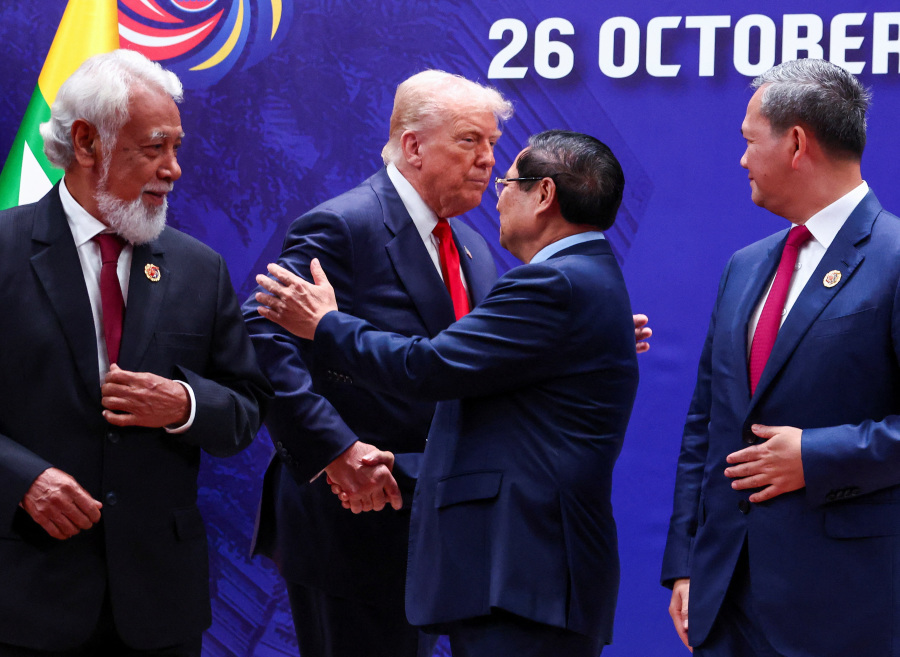

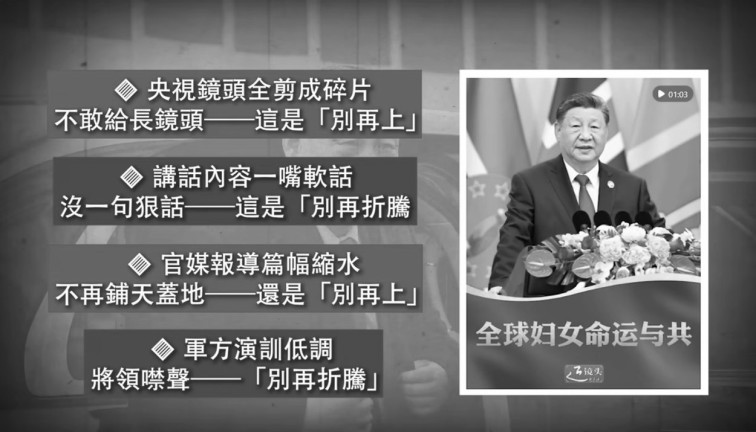
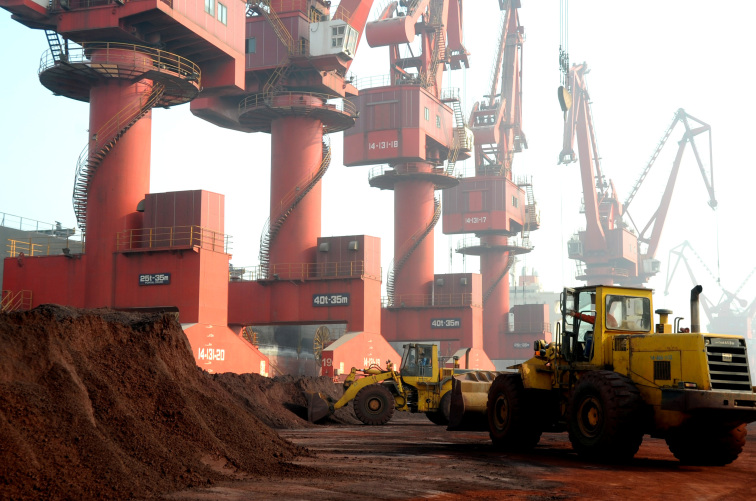
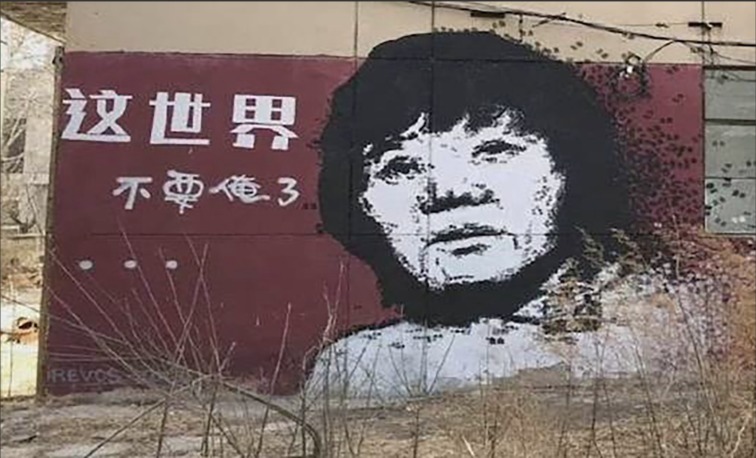

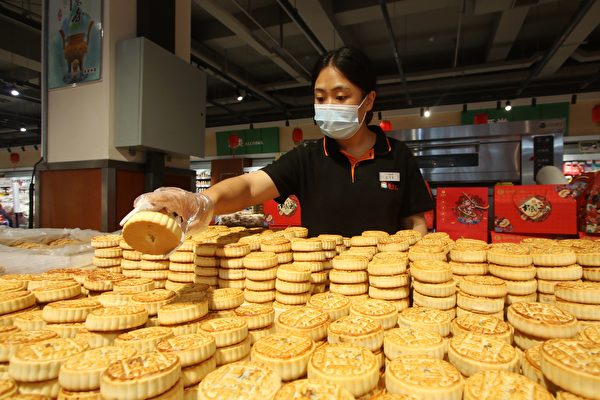



News magazine bootstrap themes!
I like this themes, fast loading and look profesional
Thank you Carlos!
You're welcome!
Please support me with give positive rating!
Yes Sure!